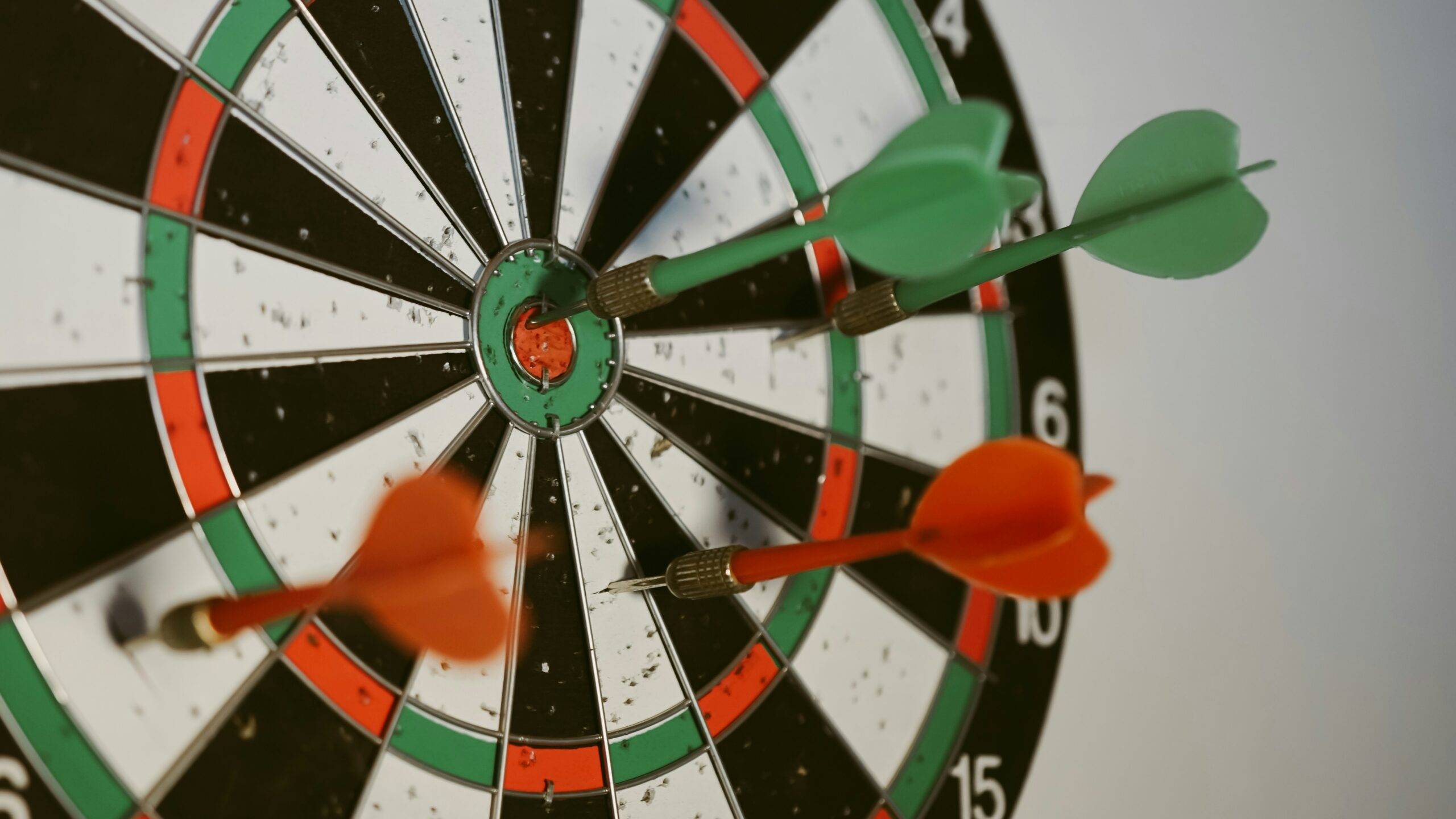
Mindful Living: A Path to Inner Peace and Happiness
Introduction
In today’s fast-paced world, stress, anxiety, and distractions have become a part of our daily lives. Many people find themselves overwhelmed by responsibilities, deadlines, and digital noise. Amidst this chaos, mindful living has emerged as a powerful practice to cultivate inner peace, improve mental clarity, and enhance overall well-being. But what exactly is mindful living, and how can we integrate it into our daily routines? This article explores the principles of mindfulness, its benefits, and practical ways to live a mindful life.
What is Mindful Living?
Mindful living is the practice of being fully present in the moment, without judgment. It involves cultivating awareness of our thoughts, emotions, and surroundings. Unlike multitasking or living on autopilot, mindfulness encourages us to slow down, appreciate the present, and engage with life more meaningfully. This practice has its roots in Buddhist traditions but has gained widespread recognition in modern psychology and wellness circles.
Benefits of Mindful Living
Embracing mindfulness can bring about profound changes in our mental, emotional, and physical health. Some key benefits include:
1. Reduced Stress and Anxiety
Mindfulness helps calm the mind and reduce stress by shifting focus away from worries about the past or future. Studies show that mindfulness meditation lowers cortisol levels, the hormone responsible for stress.
2. Improved Mental Clarity and Focus
Practicing mindfulness enhances cognitive function, making it easier to concentrate on tasks and make thoughtful decisions. It trains the brain to stay present and avoid distractions.
3. Enhanced Emotional Well-being
Mindful living fosters self-awareness and emotional intelligence, helping individuals respond to challenges with greater patience and resilience. It can also improve relationships by promoting active listening and empathy.
4. Better Physical Health
Research suggests that mindfulness can lower blood pressure, improve sleep quality, boost the immune system, and reduce chronic pain. It also promotes healthy lifestyle choices, such as mindful eating and regular exercise.
5. Increased Happiness and Fulfillment
By appreciating the present moment, people who practice mindfulness often experience greater joy, gratitude, and contentment in their lives.
How to Practice Mindful Living Daily
Mindfulness doesn’t require hours of meditation or drastic lifestyle changes. Simple, consistent practices can make a significant impact. Here are some effective ways to incorporate mindfulness into daily life:
1. Start Your Day with Intention
Instead of rushing into the day, take a few minutes each morning to set a positive intention. This could be a simple affirmation like, “Today, I will be present and grateful.”
2. Practice Mindful Breathing
Conscious breathing is a cornerstone of mindfulness. Take deep breaths, focusing on the inhale and exhale. This practice can be done anywhere and helps center your thoughts during stressful moments.
3. Engage in Mindful Eating
Rather than eating on the go or while scrolling through your phone, take time to savor each bite. Notice the flavors, textures, and aromas of your food. Eating mindfully promotes better digestion and prevents overeating.
4. Limit Digital Distractions
Constant notifications and social media scrolling can be overwhelming. Set boundaries by taking digital detox breaks, turning off unnecessary notifications, and dedicating specific times for screen use.
5. Spend Time in Nature
Nature has a calming effect on the mind. Take a walk in the park, sit by a lake, or simply observe the beauty around you. Engaging with nature mindfully can reduce stress and improve mental well-being.
6. Cultivate Gratitude
Keeping a gratitude journal or simply acknowledging things you’re grateful for each day can shift your focus from negativity to positivity. Gratitude fosters a more optimistic outlook on life.
7. Practice Active Listening
When engaging in conversations, be fully present. Listen attentively without interrupting or thinking about what to say next. This strengthens relationships and fosters deeper connections.
8. Incorporate Mindfulness into Daily Chores
Even routine tasks like washing dishes, cleaning, or cooking can become mindful activities. Pay attention to the sensations, movements, and sounds involved in each task rather than rushing through them.
9. Meditate Regularly
Even a few minutes of meditation each day can significantly impact mindfulness. Guided meditation apps or simple breathing exercises can help beginners get started.
10. End Your Day with Reflection
Before going to bed, take a moment to reflect on your day. What went well? What could be improved? Practicing self-awareness before sleep promotes peace of mind.
Overcoming Challenges in Mindful Living
While mindful living offers numerous benefits, it’s not always easy to stay present. Some common challenges include:
- Restlessness: The mind tends to wander. Gently bring your focus back to the present without judgment.
- Lack of Time: Start small. Even a few minutes of mindfulness daily can make a difference.
- Frustration: It’s natural to feel impatient when beginning a mindfulness practice. Be kind to yourself and stay consistent.
- External Distractions: Create a calm environment and minimize interruptions when practicing mindfulness.
Conclusion
Mindful living is not about achieving perfection but about embracing the present moment with awareness and gratitude. By incorporating mindfulness into daily life, we can reduce stress, enhance well-being, and find greater joy in everyday experiences. Whether through meditation, mindful breathing, or simple acts of gratitude, the journey toward mindfulness is a rewarding one. Start small, stay consistent, and experience the transformative power of living mindfully.
What are the 8 Key Concepts of Mindfulness?
What are the 4 facets of mindfulness?
What are the 4 Dimensions of Mindfulness?






















